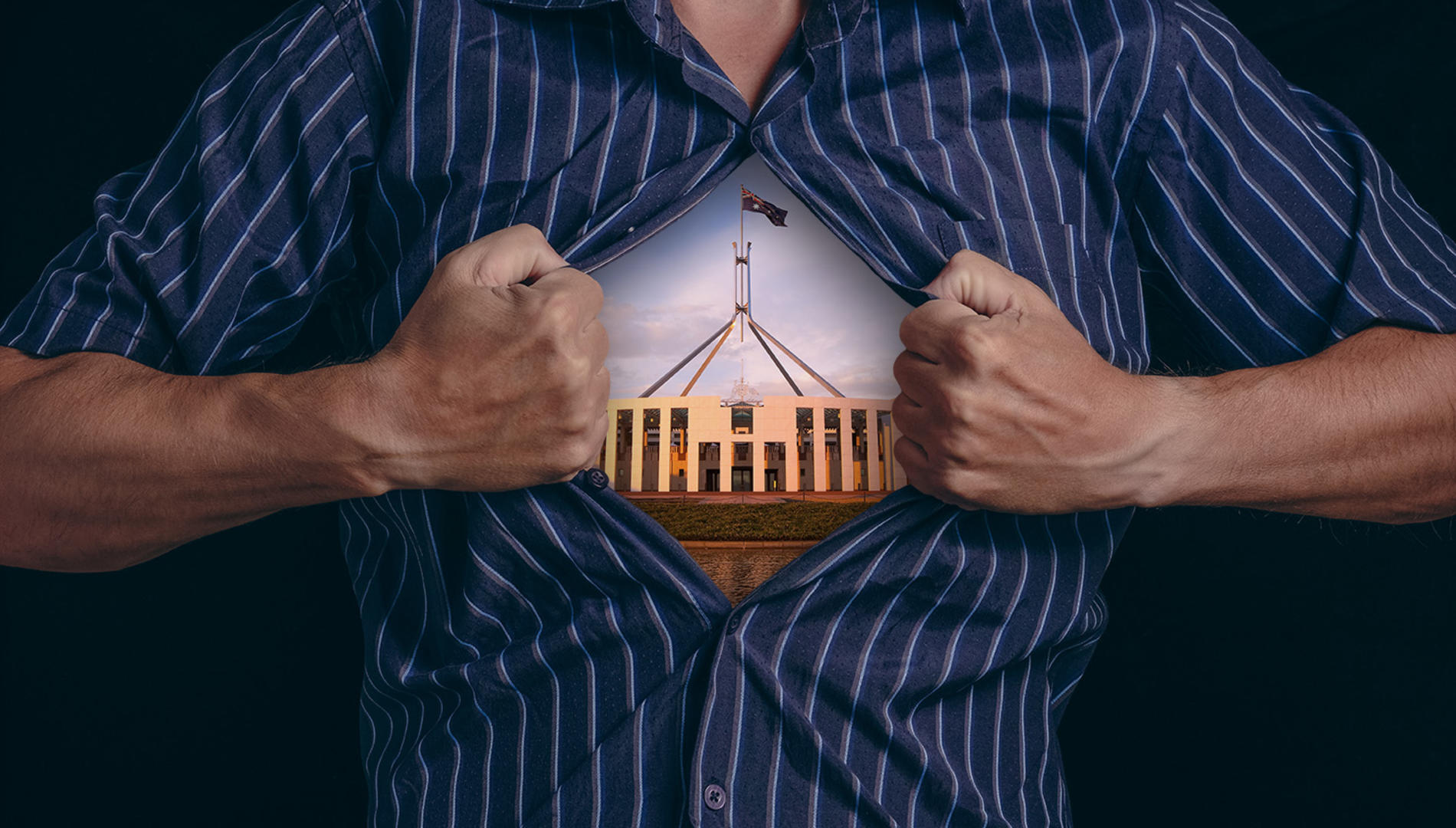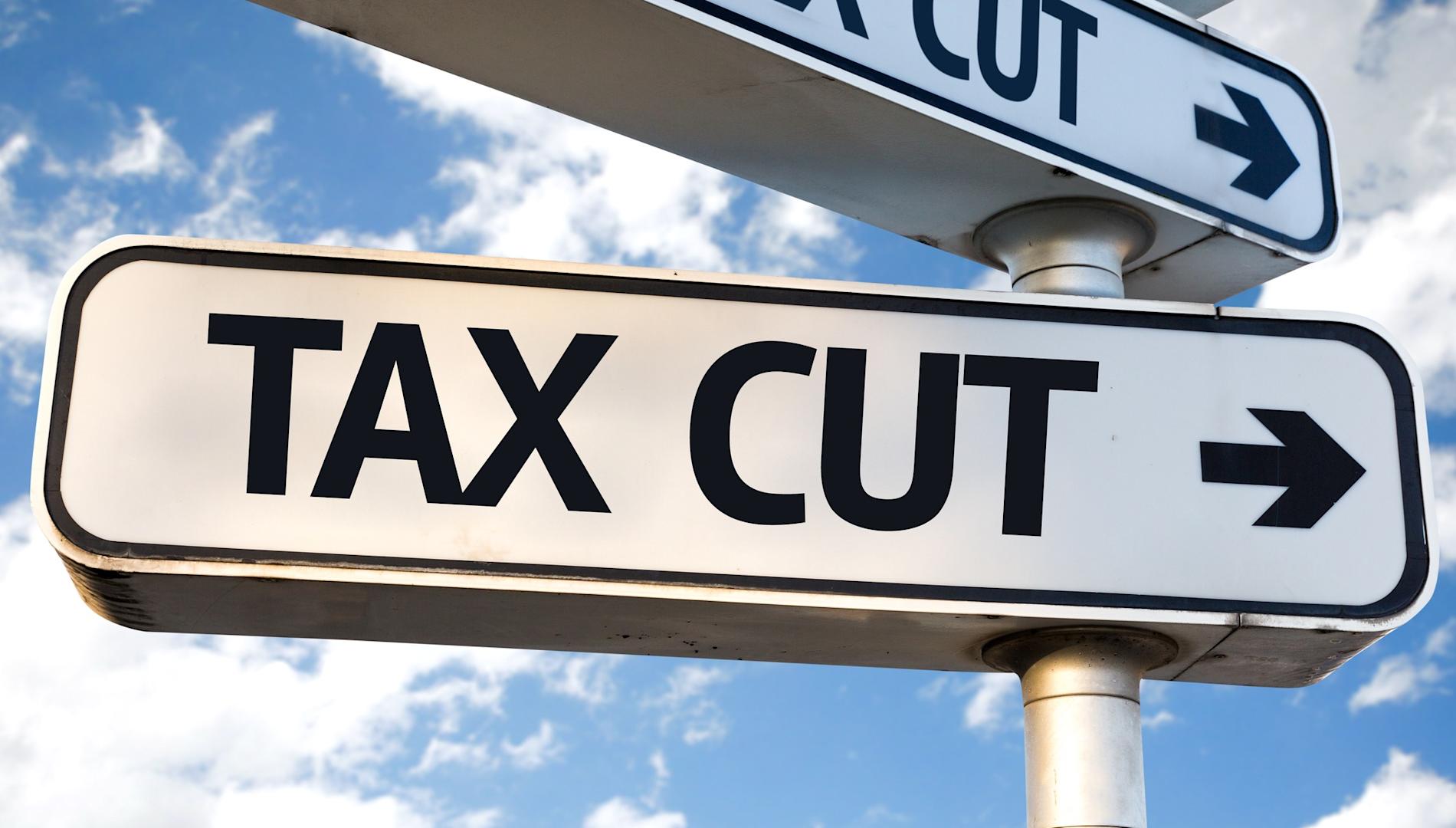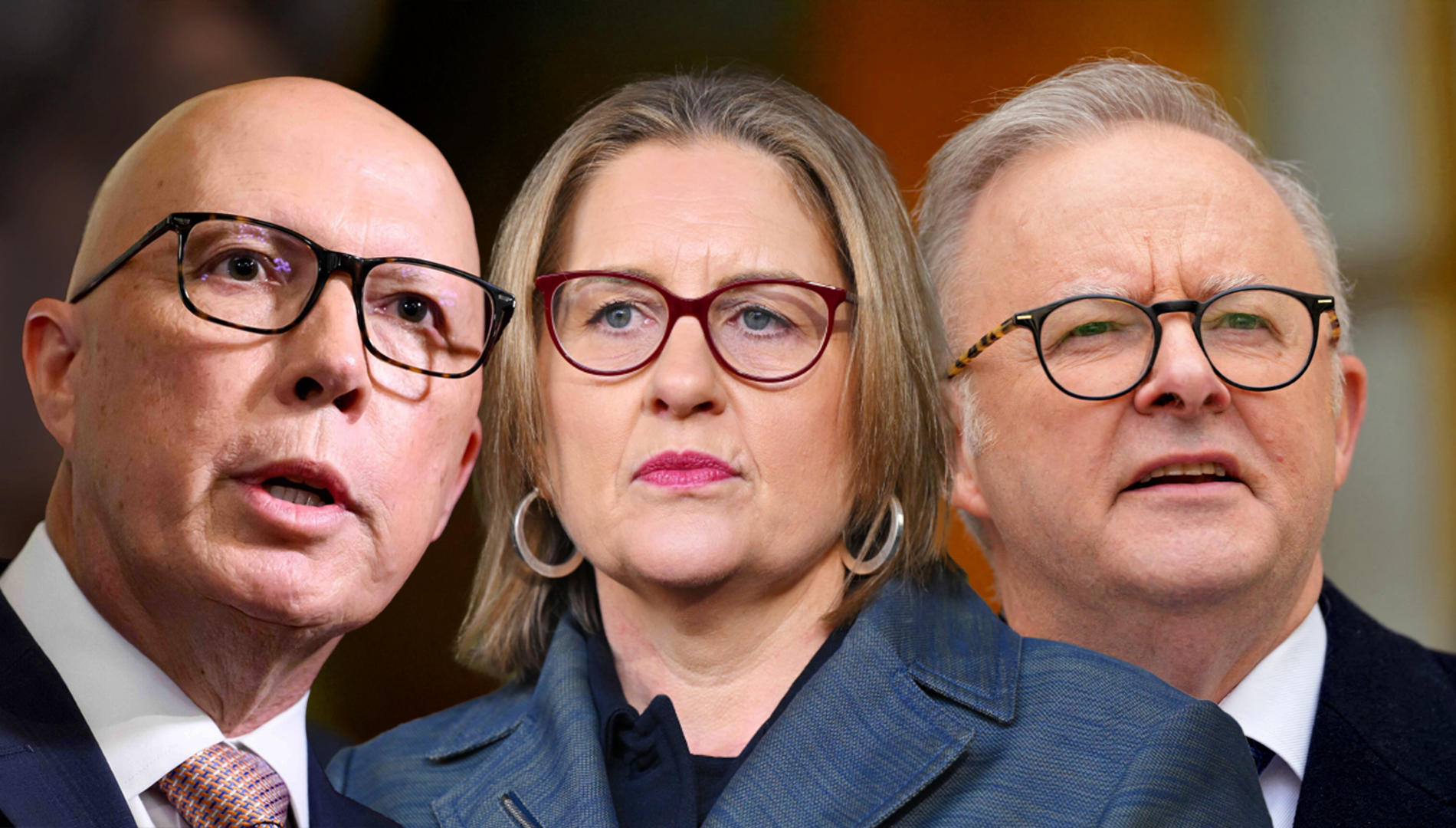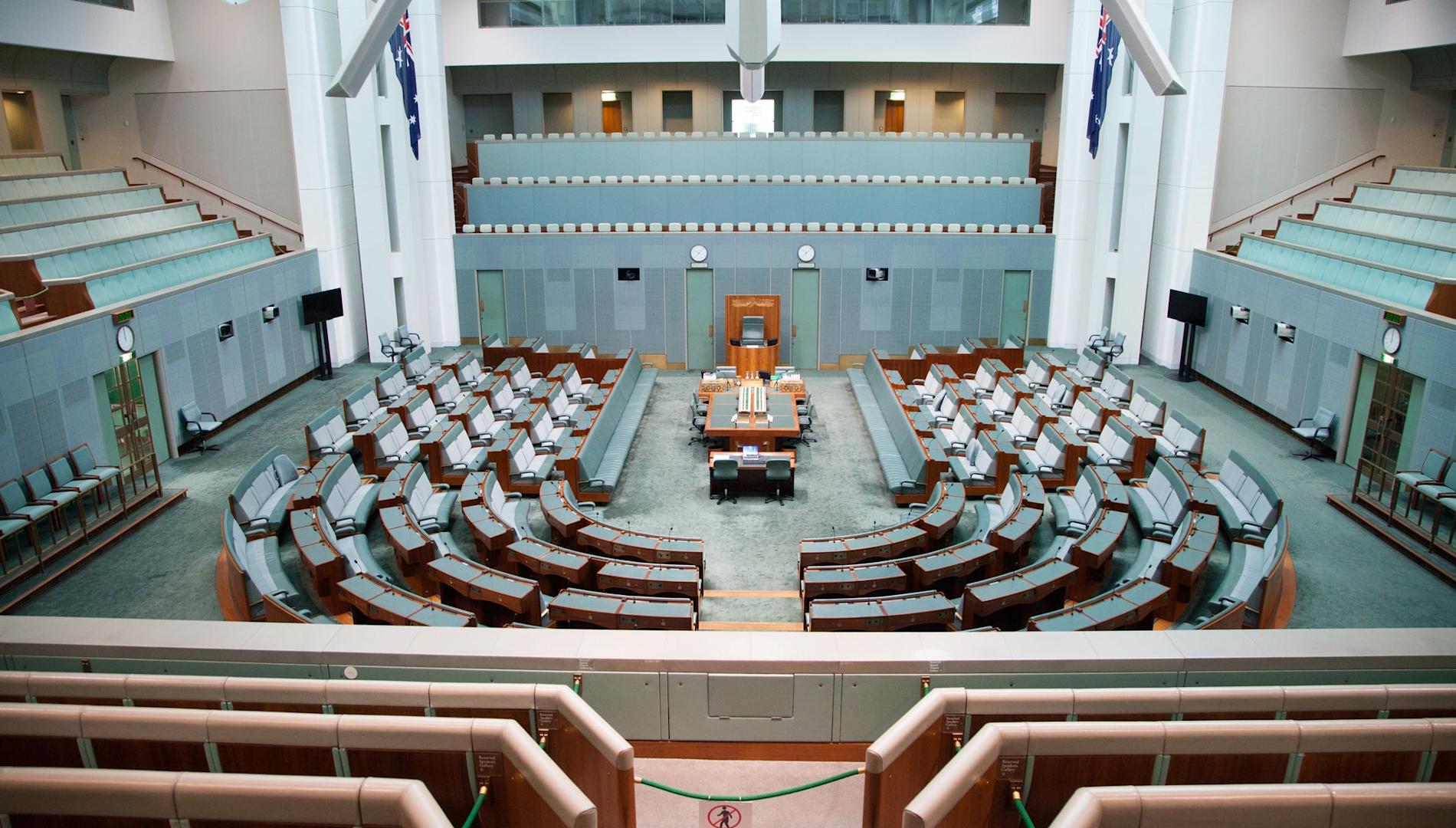Election 2025: Can independents maintain the momentum from the 2022 poll?
The Australian federal election campaign is in its final days. With just days to go, party leaders move around the country to spruik policies to attract as many voters as possible, while minor parties and independents continue to appeal for local support.
Based on recent opinion polls, the election promises to be one of the closest in recent years.
This election, however, is occurring within a changing political landscape. In Australia, there have been significant shifts to when people turn out to vote. Furthermore, the 2022 election demonstrated that many Australians are willing to support non-major party candidates in electoral contests.
Early voting and the impact on campaigning
More than one million Australians have already cast an early vote. This election appears to be a continuation of trends observed at the 2022 poll when more than 50% of Australians took advantage of prepoll voting. While the figures are yet to be finalised, it is highly likely that a minority of voters will cast their ballot on the official voting day of 3 May.
At midday (AEST) today 230K votes had already been cast at early voting centres across Aus pic.twitter.com/G8NSEMuILB
— AEC ✏️ (@AusElectoralCom) April 22, 2025
Early voting has the potential to be a disruptive force in Australian politics. In the past, when more than 80% of voters turned up to vote on polling day, the parties would be able to carefully map out their campaign strategy to ensure they would be able to announce and spruik their policies across the campaign period.
Now, parties do not have the luxury of time. Instead, they must be able to alert voters to their key policy objectives and promises from the very start of the campaign to ensure they attract as many early voters as possible.
Early voters are also taking a leap of faith. Votes cannot be taken back once cast, so Australians are taking a risk by voting early potentially without having heard all the options from the parties contesting the election.
The pattern of recent elections suggests, however, that early voting is here to stay and that parties must adapt to the changing preferences of voters.
The consolidation of new political forces?
At the last election, the independents backed by Climate 200 were able to capitalise on momentum away from the major parties. A significant feature of the 2022 election was the success of several high profile teal, or community, independents, many of whom were able to win seats off the Liberal Party in inner metropolitan electorates. These included electorates that were once regarded as being very safe for the Liberal Party, including Kooyong and Goldstein in Victoria.
The Coalition's attack campaign against the 2022 'teals' has been aggresively negative, amplified by the likes of lobby group Advance and News Corp. It could be backfiring, writes Rachel Withers. https://t.co/hr9wnn1od4
— Crikey (@crikey_news) April 24, 2025
The rise of new political parties and candidates in Australia is not new. This trend has been most apparent over the last 40 years in the Senate where new minor parties have contested and won representation in the chamber. The Nuclear Disarmament Party, the Australian Greens, Pauline Hanson’s One Nation, Family First, and the Palmer United Party have all been parties which have succeeded in winning Senate representation since the 1980s.
The success of new challengers in the House of Representatives is a continuation of this trend. The primary vote for the major parties has been sliding during recent elections as voters turn to support independent or minor party candidates.
One reason that may explain the rise of these new forces concerns the political debate. Rather than cast a wide policy net like the major parties, these newer parties and candidates advanced very specific policy demands which they believed the major parties were not effectively addressing. In doing so, these new challengers have been able to attract the support of voters who share similar policy concerns.
The success of teal independents in the lower house in 2022 is an extension of this trend. They placed climate change and integrity in politics as prominent issues in their campaigns, which resonated with many voters in Liberal-held seats.
Australian politics at a crossroad
The focus of the campaign has been on the major party leaders, the Australian Labor Party's Anthony Albanese and the Liberal's Peter Dutton. There have been four leaders debates and the media has followed both leaders across the country. The independents have also attracted a lot of attention. Unlike 2022, however, the independents must defend their seats by explaining their past achievements and future goals to potential voters.
This election will be critical in determining whether the success of new political forces was isolated to the 2022 poll, or whether they will extend their time and influence in national politics for years to come.







